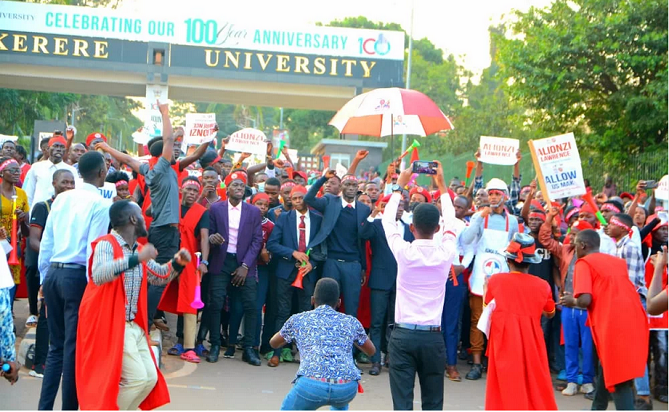The Bank of Uganda (BoU) has maintained the Central Bank Rate (CBR), a benchmark lending rate for commercial banks at 10% on account of low inflation levels and a boost in economic activity.
Annual headline inflation declined to 5.7% in July 2017, down from 6.4% in June 2017 due to a fall in food crop inflation, while Annual core inflation declined to 4.5% from 4.9% in June.
Releasing the Monetary Policy Statement for August 2017 at BoU headquarters in Kampala on Friday, Prof. Emmanuel Tumusiime-Mutebile, the BoU Governor said: “Given the fact that inflation is expected to remain around the medium-term target (of 5%) and that economic activity is picking up, with output approaching potential, a neutral monetary policy stance is warranted. The BoU will therefore leave the CBR unchanged at 10%.”
Experts had expected BoU to reduce on the CBR given the fact that inflation has been reducing for some months.
Mutebile noted that BoU and Uganda Bureau of Statistics (UBOS) latest figures indicate that Uganda’s economy has gathered momentum in the first half of 2017.
He revealed that the revised GDP growth forecasts suggest that it will improve further going forward, supported by the current accommodative monetary policy, recovery in external demand and Foreign Direct Investment (FDI), increased activity in agricultural sector due to improved weather conditions, and the fiscal stimulus outlined in the National Budget for 2017/18.
“The economy is now projected to grow at about 5.0%-5.5%, which is consistent with the closing of output gap by the end of Financial Year,” he said.
He further revealed that the Current Account Balance continued to improve in 2016/17, with the Current Account Deficit as a percentage of GDP declining to 2.8%, down from 5% in 2015/16.
He said the improvement in the current account position was largely driven by robust export earnings, which rose by 18% to US$3.17 billion, after being subdued at an annual average of US$2.7 billion over the last five years.
Asked why easing in the monetary policy since April 2016 has not resulted into increased private sector credit growth, Dr. Adam Mugume, the Executive Director, Research at BoU said while the CBR has reduced from 17% in April 2016 to 10% in June 2017, prime lending rates for commercial banks have also reduced from an average of 25% to 21% but private sector credit growth has remained subdued.
He revealed that it is a result of high Non-Performing Loans (NPLs) that have seen banks become cautious, but added that credit extension takes time even after monetary policy easing. he added that Shilling denominated loans have improved while forex denominated ones have declined from 9.1% in April 2016 to about 4% as a result of the weak Uganda Shilling.
“NPLs are reducing. We believe monetary easing will stimulate economic activity going forward,” he said.






